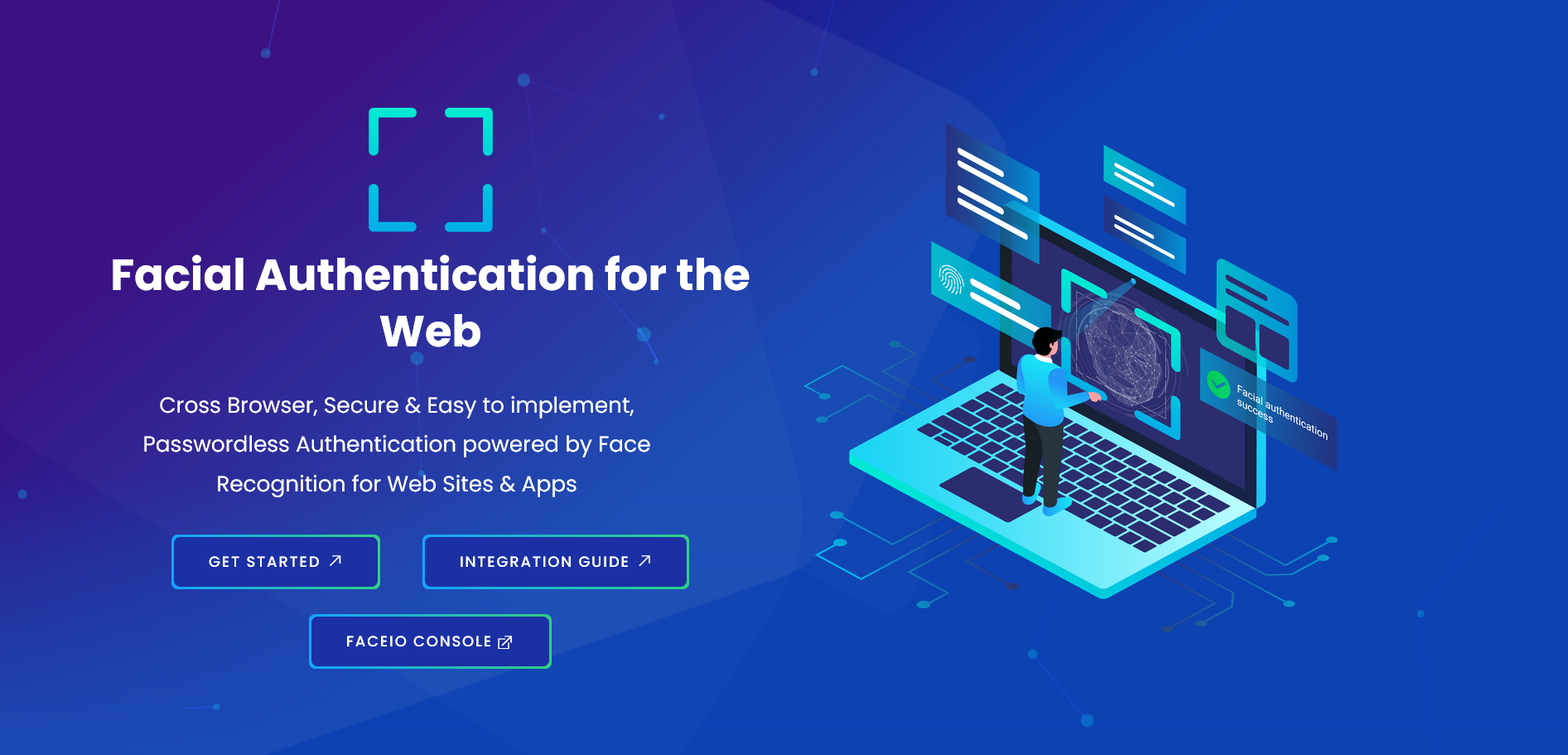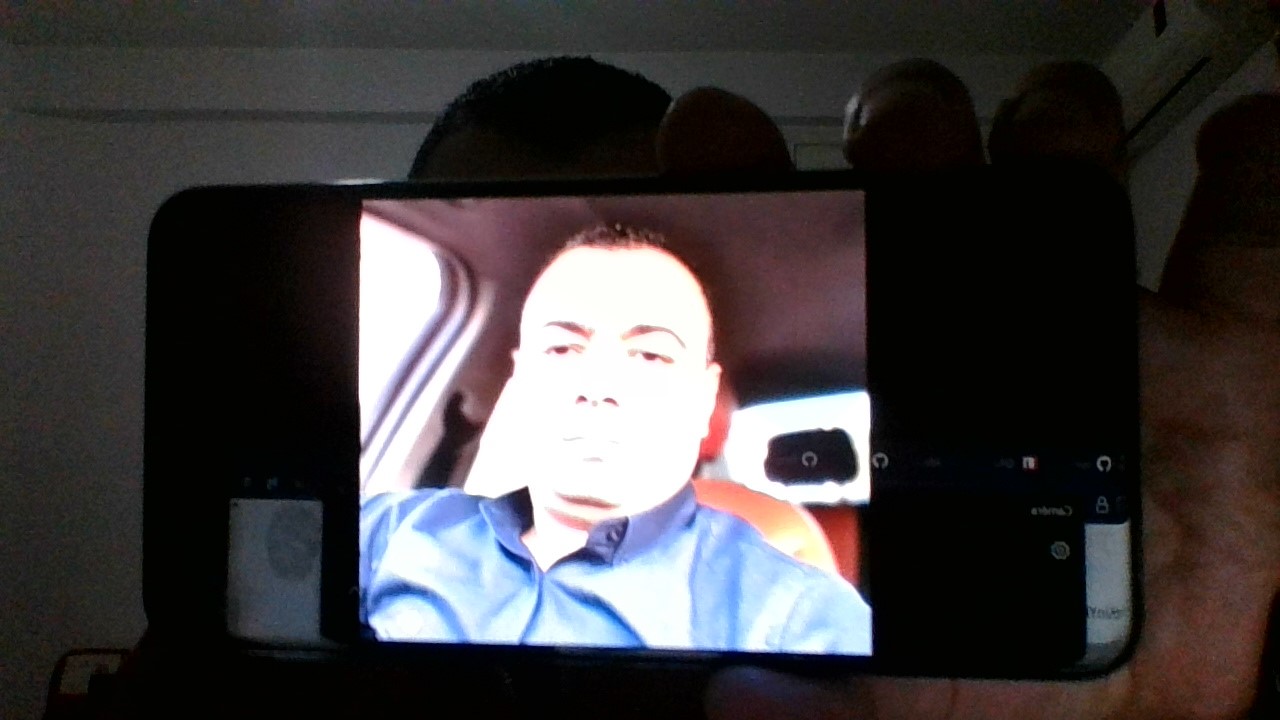
The FACEIO platform has just received one of its biggest updates so far focused on reliability, accuracy, and developer experience. If you’re using FACEIO to power passwordless face login, online identity verification, or biometric authentication in your web apps, this release is for you.
From a more resilient distributed infrastructure to a state-of-the-art deepfake and face anti-spoofing detector, FACEIO is now even better equipped to secure millions of users across the globe.
You can explore FACEIO on the official website at faceio.net.
Distributed, More Resilient Infrastructure
As usage keeps growing, we’ve invested heavily in our backend architecture:
- Distributed deployment across multiple regions for higher availability
- Automatic failover in case of localized outages
- Optimized routing so users connect to the closest edge, improving widget responsiveness
This means your fio.js widget loads faster, enrollments are smoother, and authentication requests remain stable even under heavy traffic.
The result: you can rely on FACEIO as a critical authentication layer for production workloads, not just side projects.
Highest Accuracy Yet
Under the hood, FACEIO now leverages an improved face recognition stack with:
- Better handling of challenging lighting conditions
- Increased robustness to pose variations and occlusions
- More consistent performance across diverse demographics
Combined with the existing defense-grade recognition engines and liveness features, this update pushes overall accuracy to a new level, helping reduce both false accepts and false rejects in real-world deployments.
New Deepfake & Face Anti-Spoofing Detector
Deepfakes and presentation attacks are evolving quickly. FACEIO’s new state-of-the-art anti-spoofing pipeline is designed to keep up:
- Detects printed photos, replayed videos, and screen attacks
- Targets emerging deepfake-style manipulations
- Works in real time, without requiring any extra hardware on the user’s device
These capabilities extend the existing liveness detection and spoof protection already present in the SDK, offering stronger defence against modern fraud and account takeover scenarios.
Seamless Integration with AWS
Many FACEIO customers already run their apps on AWS. With this update, the integration story is even smoother:
- Easier to build end-to-end pipelines where FACEIO handles the face authentication front, and AWS services (like Lambda, API Gateway, or other AWS components) handle your backend business logic.
- Improved patterns for connecting FACEIO events to your AWS infrastructure (for logging, analytics, or secondary checks) or using the REST-API.
If your stack is already on AWS, FACEIO now fits even more naturally into your existing architecture.
2+ Million fio.js Widget Instantiations
FACEIO continues to grow with real-world adoption. The platform has already crossed over 2 million widget & SDK instantiations, powering authentication and verification flows on websites and apps around the world.
This scale gives us invaluable feedback to:
- Continuously tune performance
- Improve accuracy and resilience
- Ship features that match real developer & business needs
Worldwide Customer Adoption & Satisfaction
From startups to established enterprises, companies across multiple regions and industries trust FACEIO for:
- Passwordless login on web apps and portals
- Biometric authentication for internal tools
- Online Age verification for KYC, age checks, and fraud prevention
The new release doubles down on what customers care about most: reliability, security, and ease of integration.
Still the Same Easy-to-Integrate API
Despite all the under-the-hood changes, the developer experience stays simple:
- Add the widget with a single script tag or NPM package
- Instantiate the
faceIOobject with your Application Public ID - Call
enroll()andauthenticate()from your front-end – that’s it
You can follow the official guides here:
- FACEIO Website: https://faceio.net
- FACEIO Integration Guide: https://faceio.net/integration-guide
- Getting Started: https://faceio.net/getting-started
- Developer Guides: https://faceio.net/dev-guides
- FACEIO Console: https://console.faceio.net/
Join the Community & Stay in the Loop
If you want to share feedback, ask implementation questions, or see what other teams are building with FACEIO:
- Community Forum: https://community.faceio.net
- Support & Contact: https://faceio.net/support
Our team and community members are active there, helping with everything from basic integration questions to advanced deployment patterns.
Ready to Try the New FACEIO?
If you haven’t integrated FACEIO yet, now is a great time:
- Visit faceio.net
- Create your application in the FACEIO Console
- Follow the Integration Guide to drop
fio.jsinto your site - Enroll your first user and experience passwordless face login live
With a more resilient distributed infrastructure, higher accuracy, cutting-edge deepfake and anti-spoof detection, AWS-friendly workflows, and millions of widget instantiations backing the platform, FACEIO is more ready than ever to secure your users with just a look.

